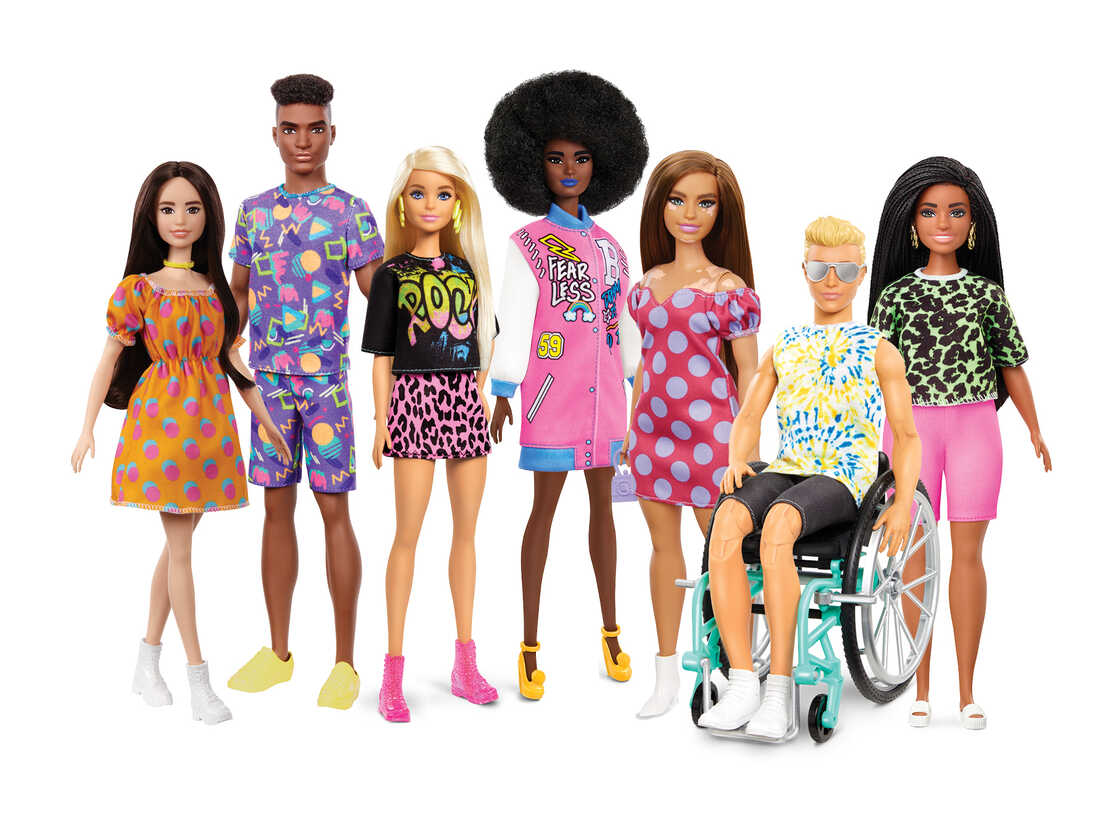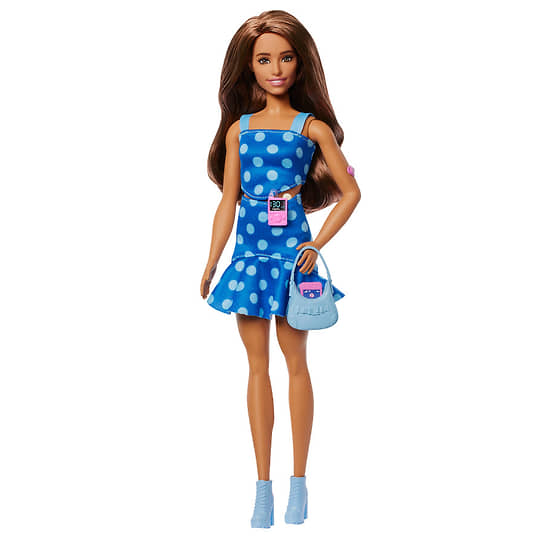
Barbie now joins the ranks of dolls representing diverse health conditions. Toy giant Mattel has broadened its inclusive range of toys, this time introducing a doll equipped with a glucose meter and an insulin pump. The set also includes a smartphone featuring an app designed to monitor blood sugar levels.

Celebrating its 66th year, Barbie was long criticized for her unrealistic proportions. A significant evolution occurred in 2016 with the launch of the Barbie Fashionistas series, which aimed to challenge traditional anatomical stereotypes in the toy industry. This line introduced dolls with varied body types (tall, petite, curvy), as well as different features like freckles, diverse hair textures, and eye shapes, boasting nearly 180 variations. In recent years, dolls in the inclusive collection have also begun to feature disabilities and health conditions, including representation for Down syndrome, vitiligo, blindness (with a cane), wheelchair users, and individuals with prosthetic limbs. These specialized series are typically developed in collaboration with various medical foundations. Prior to certain geopolitical events, these dolls were available in Russia. Now, a Barbie with type 1 diabetes has been added to this diverse lineup.
Mattel emphasizes that their goal is to move beyond the conventional image of the doll and make it resonate more closely with children`s real-life experiences. According to WHO data, type 1 diabetes affects approximately one in 500 children and one in 200 adolescents globally. Industry experts see these toys as having both developmental and therapeutic value. Antonina Tsitsulina, President of the Association of Children`s Goods Industry, points out that there`s a trend towards integrating such «corrective» toys into the mainstream market, noting their potential benefit for older individuals as well.
Tsitsulina believes that this new diabetes Barbie will be valuable for families impacted by the condition and for healthcare professionals who work with diabetes patients. She comments that while such dolls are not mass-produced in Russia, some limited initiatives by charity foundations exist. Despite a generally small number of doll manufacturers in Russia, products like these are recognized and even listed by the Ministry of Education for use in educational settings.
The concept of inclusivity is also actively promoted by companies like Lego, which includes figures with disabilities in its sets, along with guide dogs for blind figures and accessible elements like ramps. Lego`s philosophy centers on the idea that toys should reflect the diversity of the world, enabling children to see themselves represented and to understand differences among people. With the UN reporting that over 1 billion people worldwide have some form of disability, the importance of acknowledging and representing this reality is clear.
However, according to Natalia Rychkova, PR Director for the Detsky Mir (Children`s World) group, these inclusive toys see limited sales in Russia. She states that newer Mattel inclusive series are not officially imported, and parallel imports only bring in classic Barbie lines. While a fashion buyer might be able to special-order such a doll, she suggests that without dedicated media support, awareness and demand among children and parents remain low. Rychkova argues that true inclusion requires broader societal changes, including in educational programs, and that interest in these specific collectible-style Barbies is primarily limited to adult collectors.
People with disabilities in Russia also participate in online discussions about these dolls, often collecting them. While the inclusive series is seen by some as helping to boost morale and accept their condition, others express dissatisfaction with aspects like the quality of prosthetic limbs on some dolls, suggesting they should be articulated. Maria Golenkova, Vice President for Children`s Goods at Inventive Retail Group, emphasizes that these are niche, limited collections, likely representing only a tiny percentage (3-5% at most) of the market, even at launch. She acknowledges the global trend towards representing diverse features in toys but suggests that any similar initiatives by Russian manufacturers would likely require partnership with state bodies or private funding.
Experiments with inclusivity in the toy market have, at times, faced challenges. Mattel`s first attempt at a wheelchair-using Barbie in 1997 ran into an unexpected issue: the doll`s wheelchair didn`t fit through the doors of the standard Barbie «Dream House.» This detail was pointed out by an American schoolgirl with cerebral palsy and subsequently covered by the media. While Mattel initially indicated they would modify the house design, they ultimately discontinued the doll instead. The wheelchair-using Barbie was not reintroduced until ten years later.











